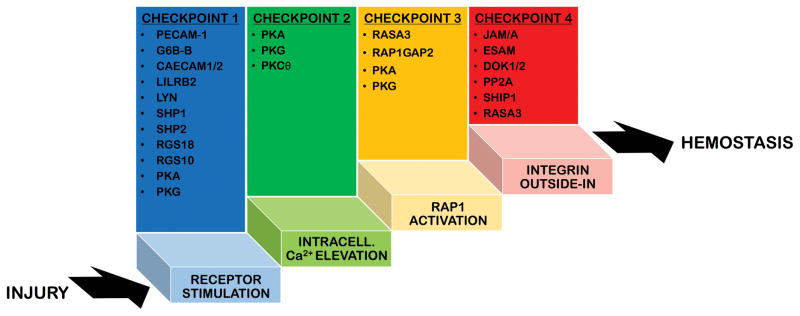Figure 1. Checkpoints of platelet activation.
In physiological conditions the molecular mechanisms regulating platelet adhesiveness and activation are self-limiting. Several checkpoints are in place 1) to prevent unwanted activation of patrolling platelets, when the endothelial lining is biochemically and physically healthy, and 2) to limit the duration and intensity of the activation response at sites of vascular injury. This schematic figure represents platelet activation as a ladder and shows the four main checkpoints that need to be passed/climbed in order for platelets to shift from a non-adhesive patrolling state to a pro-adhesive state that ensures hemostasis. Platelets that do not make it past these checkpoints return into circulation. The regulatory elements that provide important negative feedback at these critical checkpoints are listed above each step of the activation process. The list is not exhaustive but only includes the best characterized negative regulators, which we have described in the text.

